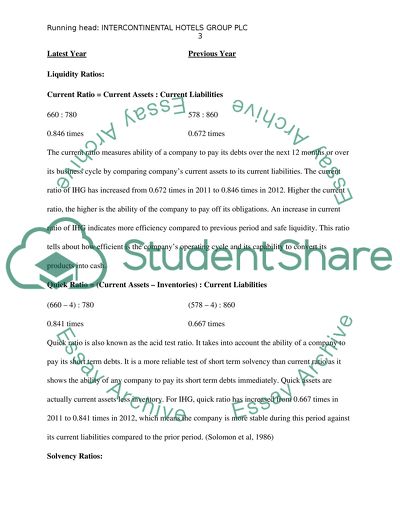Cite this document
(“Intercontinental Hotels Group plc Finance report Assignment”, n.d.)
Intercontinental Hotels Group plc Finance report Assignment. Retrieved from https://studentshare.org/finance-accounting/1630017-intercontinental-hotels-group-plc-finance-report
Intercontinental Hotels Group plc Finance report Assignment. Retrieved from https://studentshare.org/finance-accounting/1630017-intercontinental-hotels-group-plc-finance-report
(Intercontinental Hotels Group Plc Finance Report Assignment)
Intercontinental Hotels Group Plc Finance Report Assignment. https://studentshare.org/finance-accounting/1630017-intercontinental-hotels-group-plc-finance-report.
Intercontinental Hotels Group Plc Finance Report Assignment. https://studentshare.org/finance-accounting/1630017-intercontinental-hotels-group-plc-finance-report.
“Intercontinental Hotels Group Plc Finance Report Assignment”, n.d. https://studentshare.org/finance-accounting/1630017-intercontinental-hotels-group-plc-finance-report.


